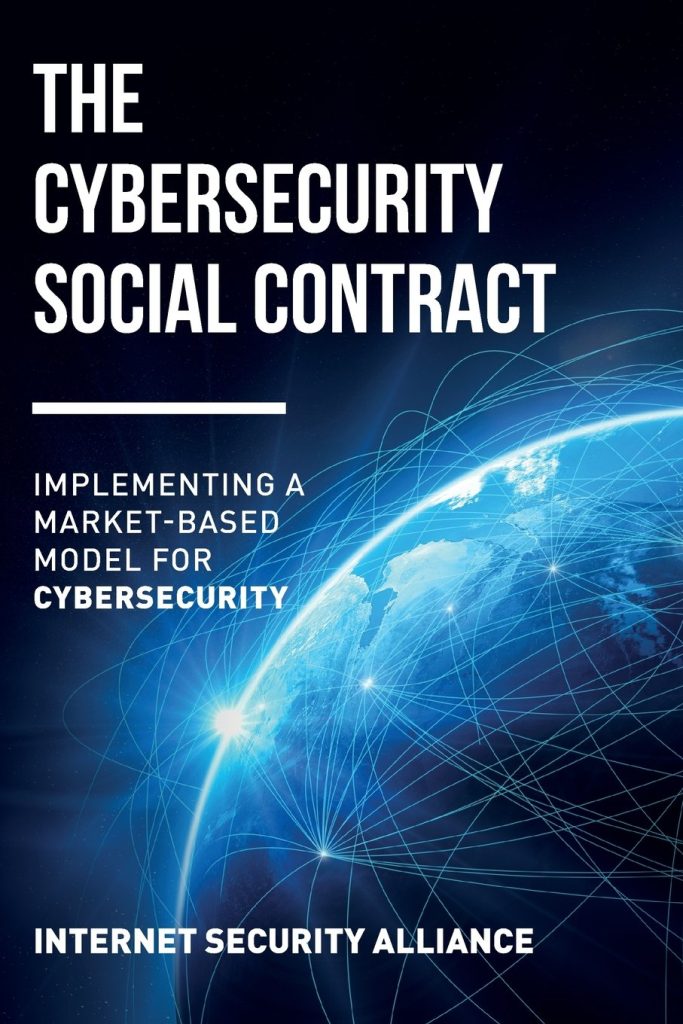The Cybersecurity Social Contract
Implementing a Market-Based Model for Cybersecurity
Cybersecurity for Business: Organization-Wide Strategies to Ensure Cyber Risk Is Not Just an IT Issue
Balance the benefits of digital transformation with the associated risks with this guide to effectively manage cybersecurity as a strategic business issue.
Important and cost-effective innovations can substantially decrease cyber risk and the loss of intellectual property, corporate reputation and consumer confidence. Over the past several years, organizations around the world have increasingly come to appreciate the need to address cybersecurity issues from a business perspective, not just from a technical or risk angle. Cybersecurity for Business builds on a set of principles developed with international leaders from technology, government and the boardroom to lay out a clear roadmap of how to meet goals without creating undue cyber risk.

“The Cybersecurity Social Contract is a comprehensive assessment of the state of cybersecurity and offers the administration and Congress a road map for sensible and practical progress dealing with urgent security issues.”
Michael Chertoff
“The Cybersecurity Social Contract provides a thoughtful roadmap of recommendations that places risk management principles at the core of the next administration’s cybersecurity agenda.”
Melissa Hathaway
“The Cybersecurity Social Contract blends for the first time real world economics and politics of cybersecurity. This volume offers the incoming administration the best hope for making serious progress.”
Pradeep Khosla
“This well-researched and documented book is the most comprehensive work to date in addressing these issues. I strongly recommend the administration and the Congress adopt the recommendations of this work.”
Admiral Mike McConnell (Retired)
“What an accomplishment. The Internet Security Alliance continues to prove its thought leadership by laying out a practical framework that integrates technology, government policy and business economics.”
Air Force General Charlie Croom (Retired)
“The Cybersecurity Social Contract presents a comprehensive overview of why we have failed to get our arms around these issues—including privacy—and what the next administration needs to do to avoid catastrophe.”

